Hits: 22
An overview of some camera systems and lens types for Landscapes
Advanced compact cameras
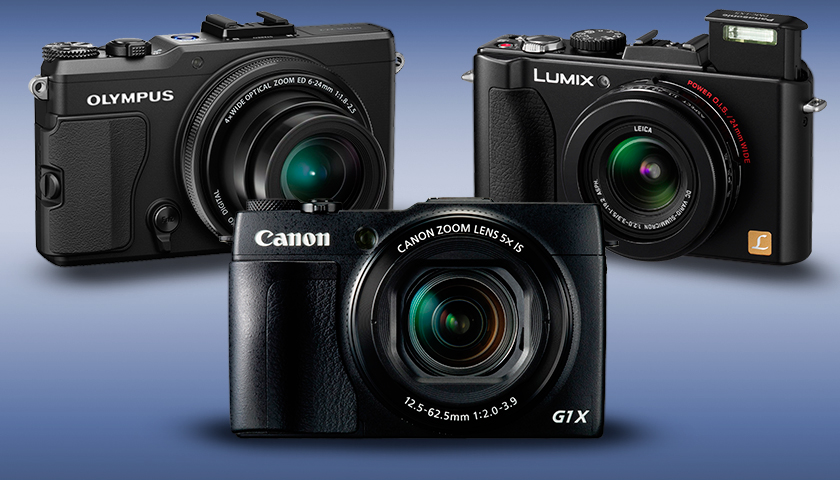
Advanced compacts are designed for more experienced photographers and offer superior photographic versatility and quality, as well as advanced creative features such as manual exposure controls, manual focusing, optical viewfinders and external flash connections. They are oonsiderably more expensive than other types of compact, with prices ranging from around 350 EUR to over 550 EUR. There are relatively few models in this category, with examples including the Olympus XZ-2, the Panasonic LX5 and the Canon PowerShot G1S. There is an even more rarefied category that has appeared more recently of advanced compacts with larger sensors. Notable examples include the Sony RX1, the Fujifilm X series and the Canon G1X Mk2, Prices range from around 550 EUR to well over 2.300 EUR.
Super zoom cameras
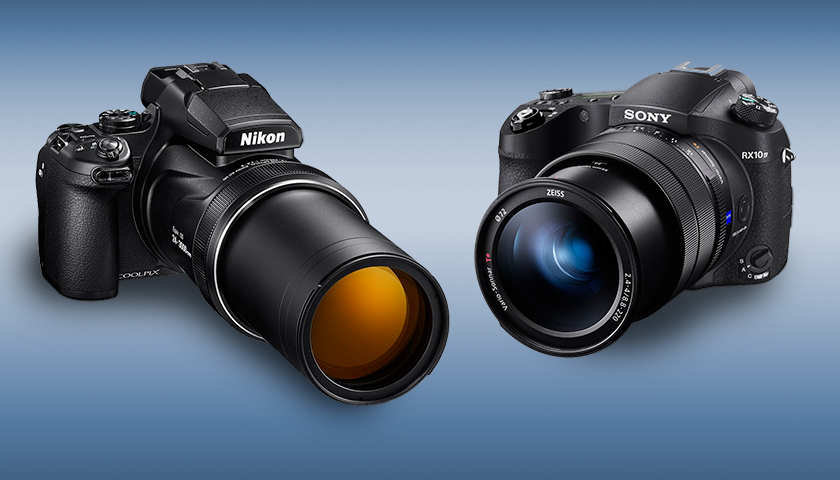
Super-zoom cameras used to be called „bridge cameras“, since they were seen as halfway between compact cameras and DSLRs, but they have been falling out of favour over the past few years as zoom compacts and CSCs encroach ever further into their traditional territory. Nonetheless there are still a number of super-zooms on the market and most of them are very capable cameras. They are usually quite large, with SLR-style bodies including big hand grips and electronic viewfinders. All offer powerful zoom lenses, some as much as 50x zoom and usually include optical image stabilisation. Most also feature advanced HD video recording, often with stereo audio and some also include advanced photographic features such as manual exposure and flash hot-shoes. Prices start at around 200 EUR, going up to nearly 450 EUR for the more advanced models.
Compact system cameras
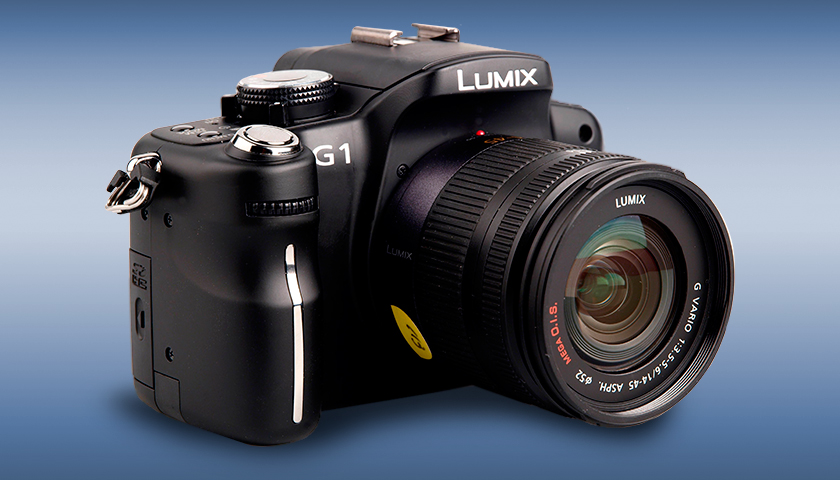
Compact system cameras (CSC) have interchangeable lenses, allowing photographers to choose a particular lens for a particular task and also have a range of other accessories such as flashguns. The first compact system camera was the Panasonic Lumix G1, launched in 2008. They offer most of the versatililty and image quality of digital SLRs, but in a smaller, lighter and in most cases less expensive package. They are a good choice for the hobby photographer who wants to extend their range, but who doesn‘t want to be dragging a heavy bag of full-sized lenses aroond. There is a wide variation in quality and capability between the various brands and models though and prices range from less than 350 EUR to over 1.400 EUR. Some ranges have only released a few extra lenses as yet, so it pays to do some homework and read product reviews before making your choice.
Digital SLR (DSLR)
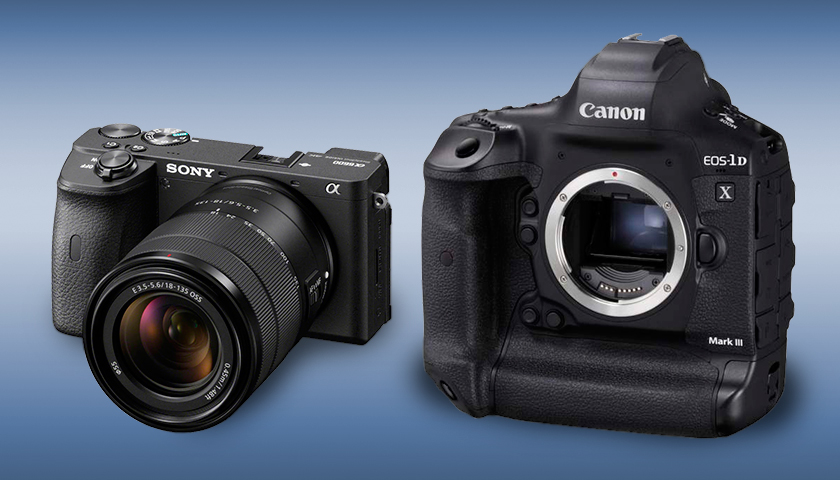
The first digital SLRs (DSLRs) were introduced in the late 1990s and were based on earlier film cameras. They have interchangeable lenses and most DSLRs can use the same lenses as their older film-based predecessors with specialist lenses available for particular tasks. SLR systems are the choice of most serious amateur and professional photographers and most offer superb image quality. Most DSLRs use a sensor size called „APS-C“ but a few top-end cameras use larger „full-frame“ sensors the size of a 35 mm film frame. Prices start from about 450 EUR for an entry-level APS-C model with a standard lens, while a top professional full-frame model such as the Canon 1DX costs 5.700 EUR just for the camera body!
Lenses and the landscape
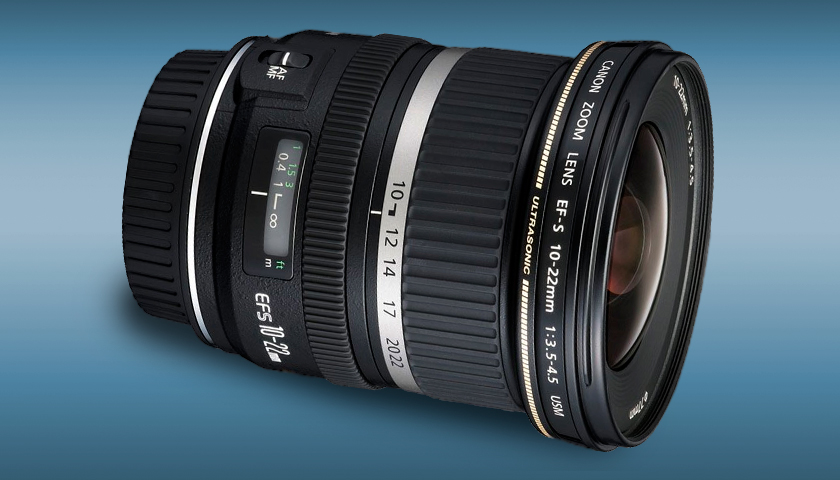
It is an accepted fact that if there is one lens that is inextricably linked to landscape photography, it is the wide-angle lens. It is often said that the lens influences the shot, not the camera. That is particularly true of the wide-angle lens in landscape photography. As the name implies, a wide-angle lens captures a very wide field of view. This is ideal for capturing the broad expanse of the scene the photographer is in. It also draws in the viewer of the final image in ways that a zoomed narrow-angle image does not. Good wide-angle lenses are also sharp and capture great detail.
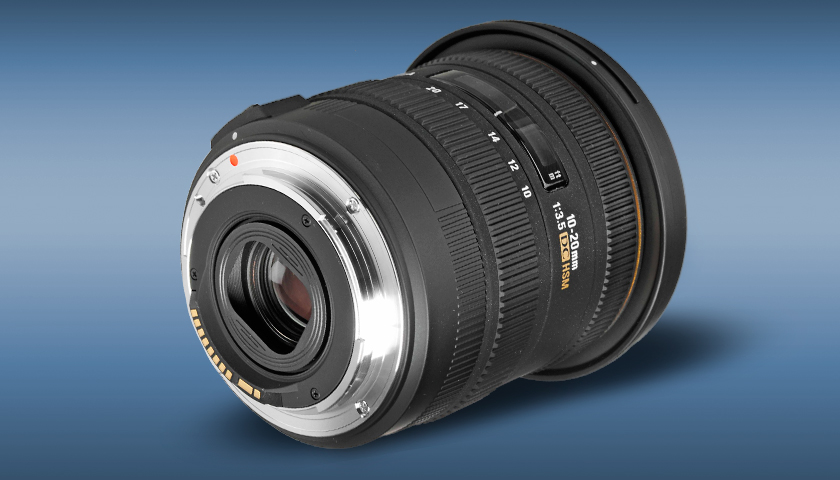
With the advent of digital cameras and their various sensor systems, pinning down what a wide-angle lens is can be tricky. If we stick with full-frame photography (a sensor size of 24×36 mm to match the old film negative size), then a good wide-angle prime lens starts at around 14 mm, capturing 114° field of view, with a versatile wide-angle zoom lens giving you a range of 16-35 mm, capturing around 98° field of view at the wide end. Howevoer, a lot of camera systems use different sensor sizes and this means you have to bear in mind what is known as the „crop factor“.
What this means is that a 16-35 mm lens designed to work on a 24×36 mm full-frame sensor will project an image that is too large for an APS-C camera with a sensor size of just 22.2×14.8 mm (a crop factor of 1.6). The APS-C sensor is capturing image data from a smaller area; the remaining image has been „cropped“ by the smaller sensor. The 16-35 mm lens will appear to work as if it were a 25.6-56 mm lens. The same lens on a micro four thirds camera would appear to be a 29.4-4.6 mm lens. Because of lens mount systems, there are only a few lenses that can be used on different camera types. For instance, you tan mount a Canon full-frame EF lens on one of their APS-C DSLR cameras, but you cannot mount a Canon APS-C EFs lens on a Canon full-frame camera.
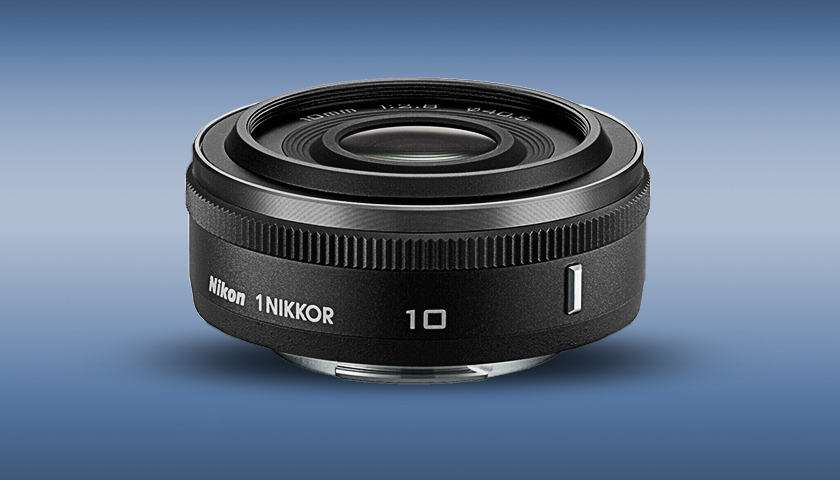
If purchasing a compact camera with a non-removable lens, your choices tor shooting wide-angle may be limited. A lot of compacts focus more on their zoom capabilities rather than their wide-angle ability. Most compact cameras offer no more than about a 28 mm equivalent wide-angle. Image quality is also a factor, as the lenses on compact cameras are tiny in comparison to their DSLR counterparts and this limits the maximum quality you can glean from the camera. It‘s not until you move up to the Compact System Camera bracket that you are able to swap lenses from a range that offer so-called pancake lenses around the equivalent 20 mm mark as well as telephoto lenses. The general rule lor landscapes is: wider is better.
The resolution of the sensor is an important aspect to remember when choosing your camera and lens setup. If you are only going to be posting images online at modest resolutions, you can easily use a 12 MP camera and get great results. If you are more likely to be producing images for print and large format digital output, then you are going to be looking for cameras that can produce at least 21 MP images or more.



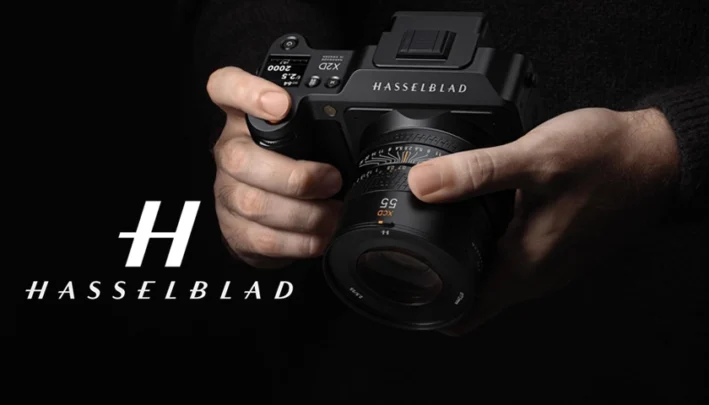
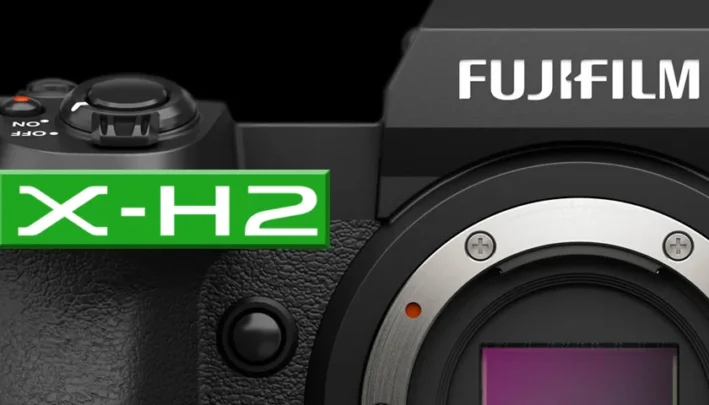
[…] ve nesnenin pürüzsüz bir şekilde, bulanık bir arka plandan izole edilmesini sağlar. Fujinin APS-C kameralarında, görüş açısı ve alan derinliği açısından 75 mm f/1.4 (full frame) lense […]
[…] telephoto lens that is ideal for general photography and snapshots but there is a wide variety of special lenses available for other types of photography. If you like to shoot landscapes, get a good wide-zoom lens […]
[…] could be anything depending upon the main subject. For example, if you are clicking a picture of a still lake and mountains, you can use the rocks in the foreground . This will not only add depth to picture, but also create […]